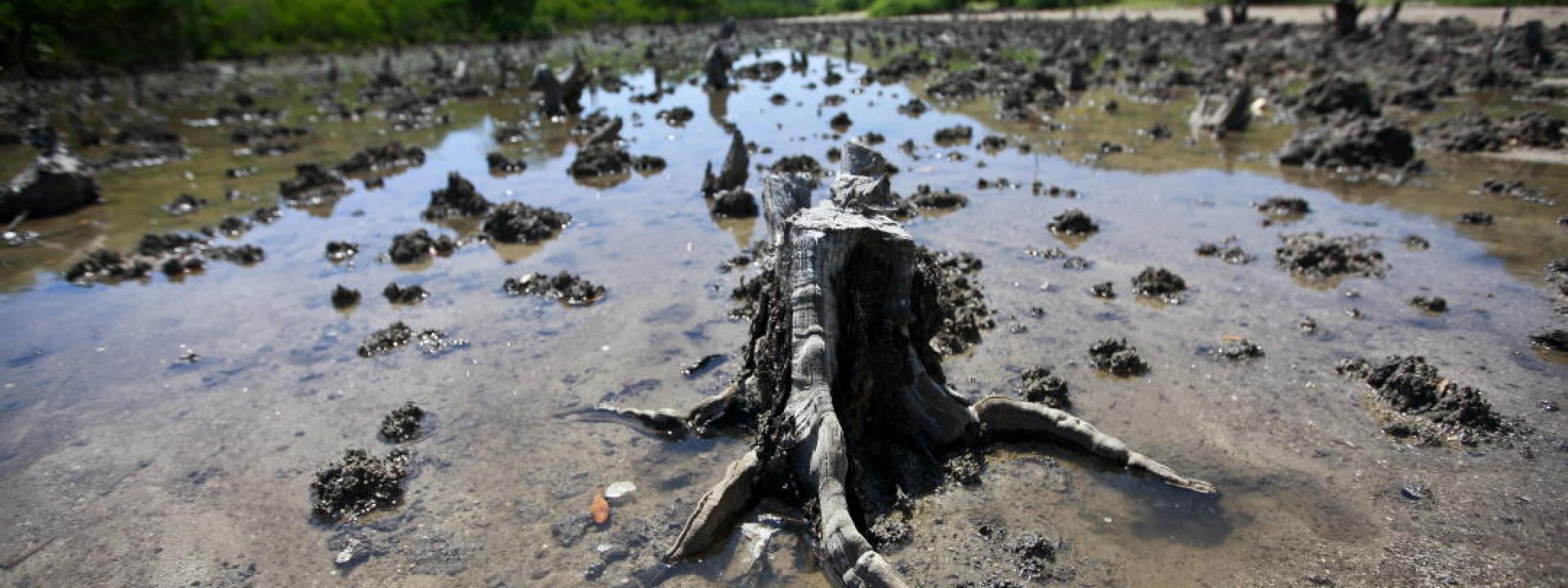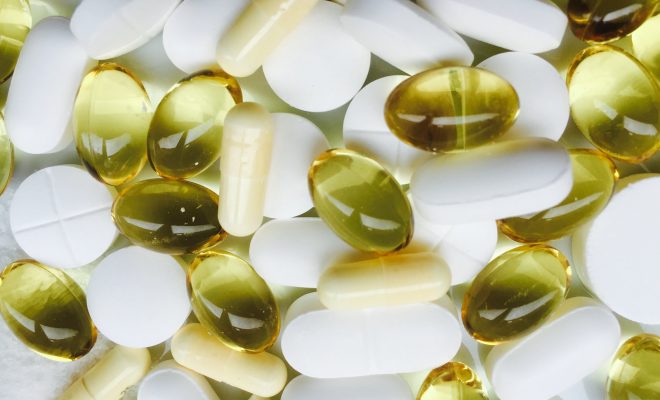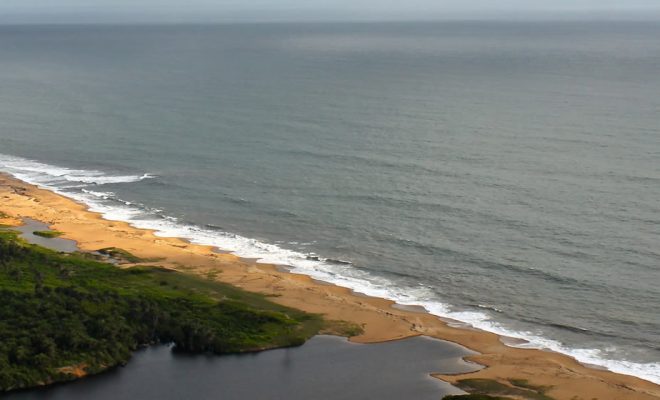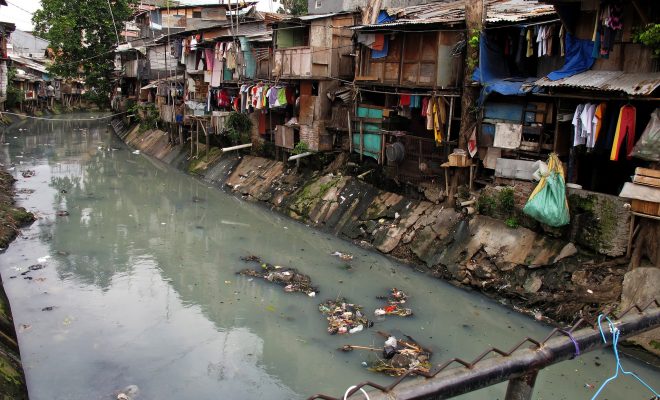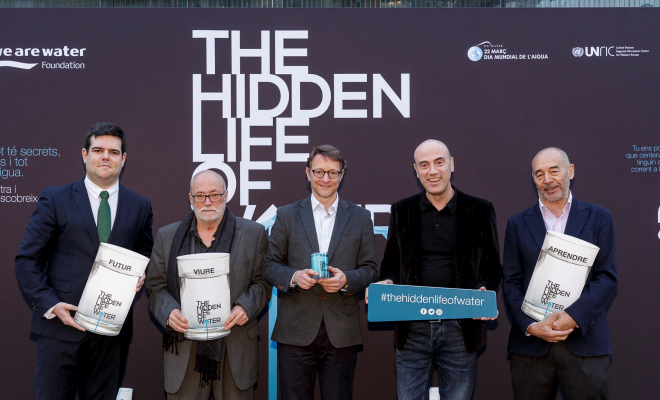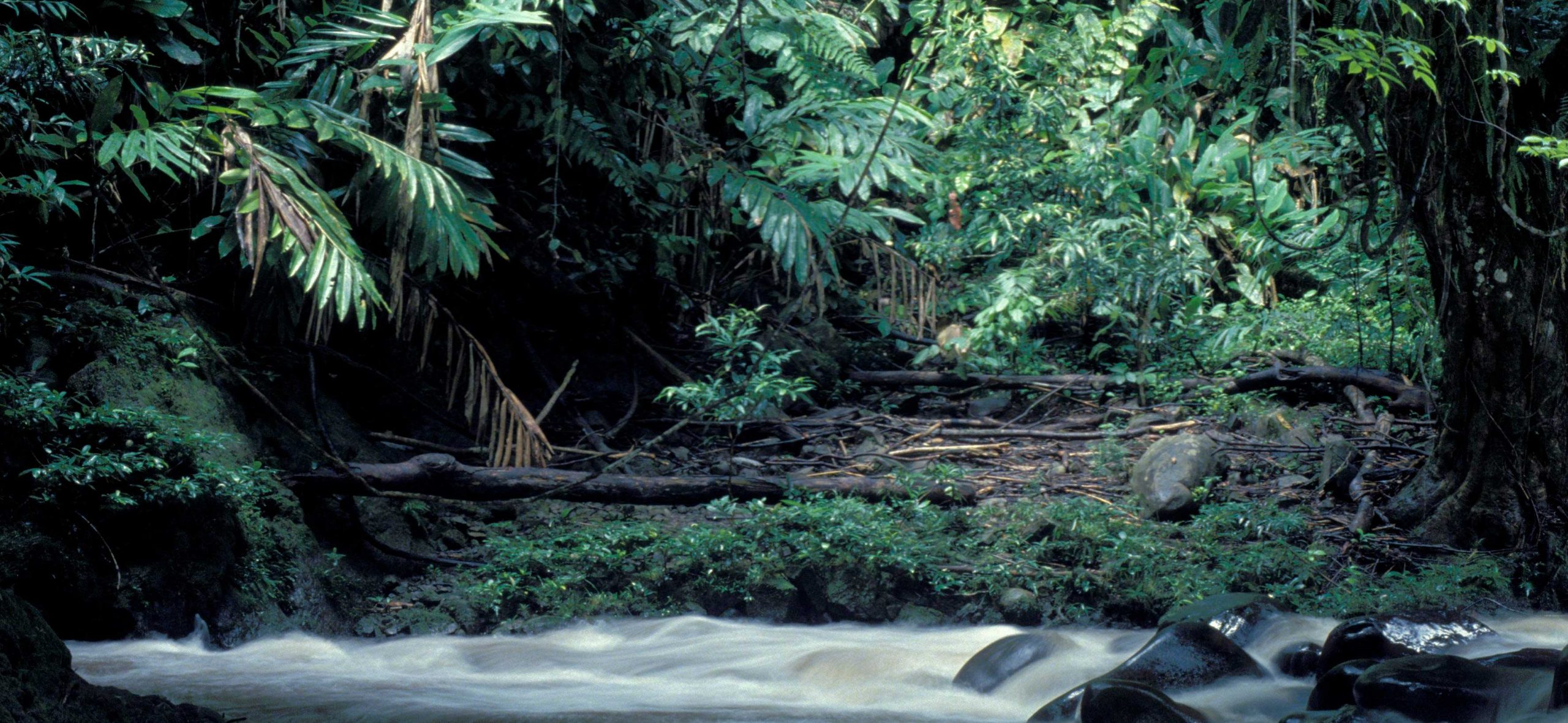
River in Indonesia
© Curt Carnemark / World BankPhoto
The water in today’s rivers and aquifers is not the same as it was 10 or 20 years ago. We do not know which will be the status of water in the future, as climate change and pollution will continue altering the Earth’s cycle, a planet which will be inhabited by nearly 9 billion people by 2030. We need to eliminate that uncertainty in order to efficiently manage the water resources, a key factor to attain the Sustainable Development Goals (SDGs).
R+D+i, with each and every letter
The most developed countries are in charge of leading the strategy that will bring the implementation of circular economy. This is the model that will allow for resources to reach everyone in a world where it is worth living, despite the fact that, according to many ecologists, it is already in the “hybridization” stage, moving forward towards an entirely new planetary class.
Those who support this theory consider that natural sciences need to be reconsidered and adapted to a scientific object that is constantly altered by human action. Water, perhaps the most vulnerable element due to pollution and climate change, is a good example.
In this video Damià Barceló, director of the Institut Català de Recerca del Aigua (ICRA), gives us an idea of the importance of the problem as he explains the use of “artificial rivers” to study aquatic ecosystems:
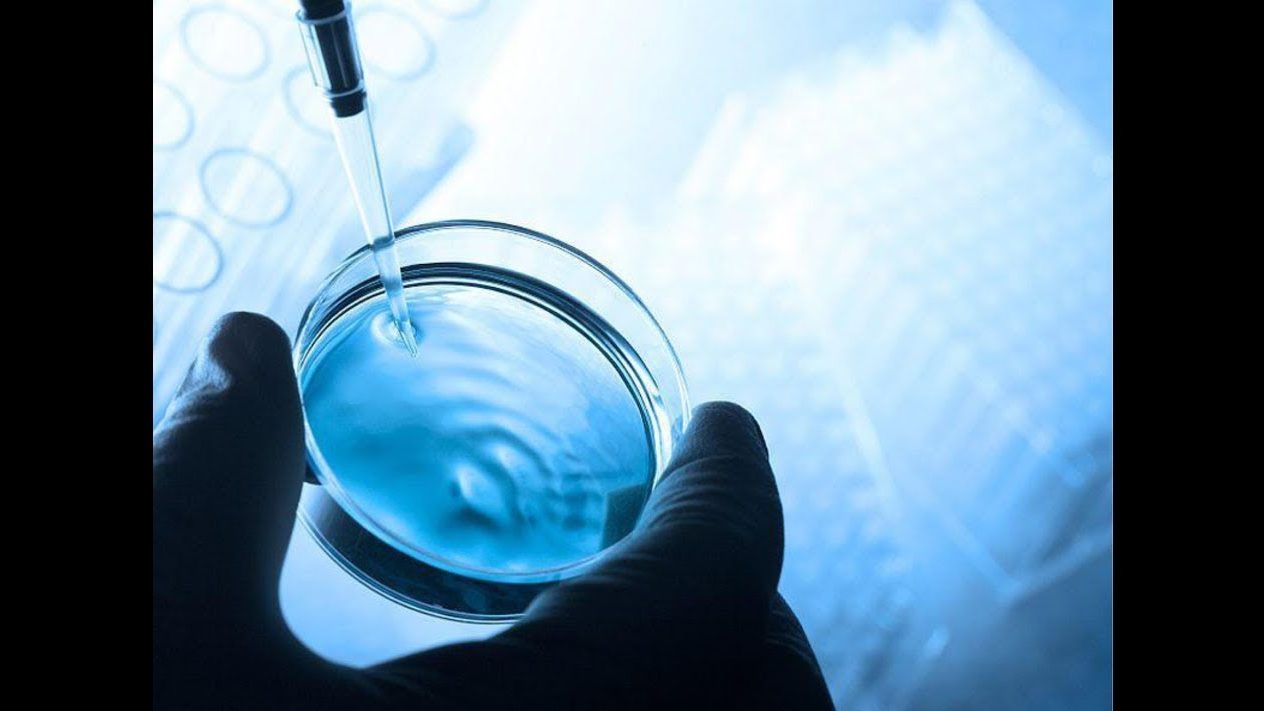
Preserving the water cycle is an unusual challenge in the history of mankind which leads us to apply the concept of R+D+i on a global scale: Research (R) with science in order to learn as much as possible about what happens to water and then apply this knowledge to technological innovation (i) and effective management models to achieve a socio-economic development (D).
This a simple equation that nevertheless obliges us to make an effort in objectivity and intelligibility so that knowledge is useful and becomes comprehensible to the population, a key factor to obtain a socio-economic benefit.
A reference of the challenges faced by research and innovation in reference to water is the creation of the Water JPI, the Joint Programming Initiative by the European Union with the aim of defining “the challenges of water for a changing world and achieving sustainable water management systems”.
Europe is a good testing ground for the essential international cooperation needed to achieve effective R+D+i efforts and to extend the experience to other areas in the world. 30% of the European population suffers from water stress. This proportion is higher in Mediterranean countries such as Spain, Italy, the south of France, Malta and Greece, which are also the most threatened by extreme phenomena such as droughts and flooding, although the Northern countries also face an increasing imbalance. The European Union expects that by 2030 the gap between the availability of water and its demand will have increased by an average of 50% in the member states. This is a situation that allows us to draw some parallelism with that of other “multiclimate” countries like USA, China and a large part of India.
Agriculture is a key factor
In Southern Europe, agriculture absorbs over 70% of the freshwater, a proportion that is similar to the world average, which FAO estimates will reach nearly 85% by 2030. Applying R+D+i to the use of water in agriculture is a priority as, in addition to the enormous volume absorbed, in cases of water crisis crops need water immediately, while other sectors such as industry or the urban supply have more scope to ration consumption.
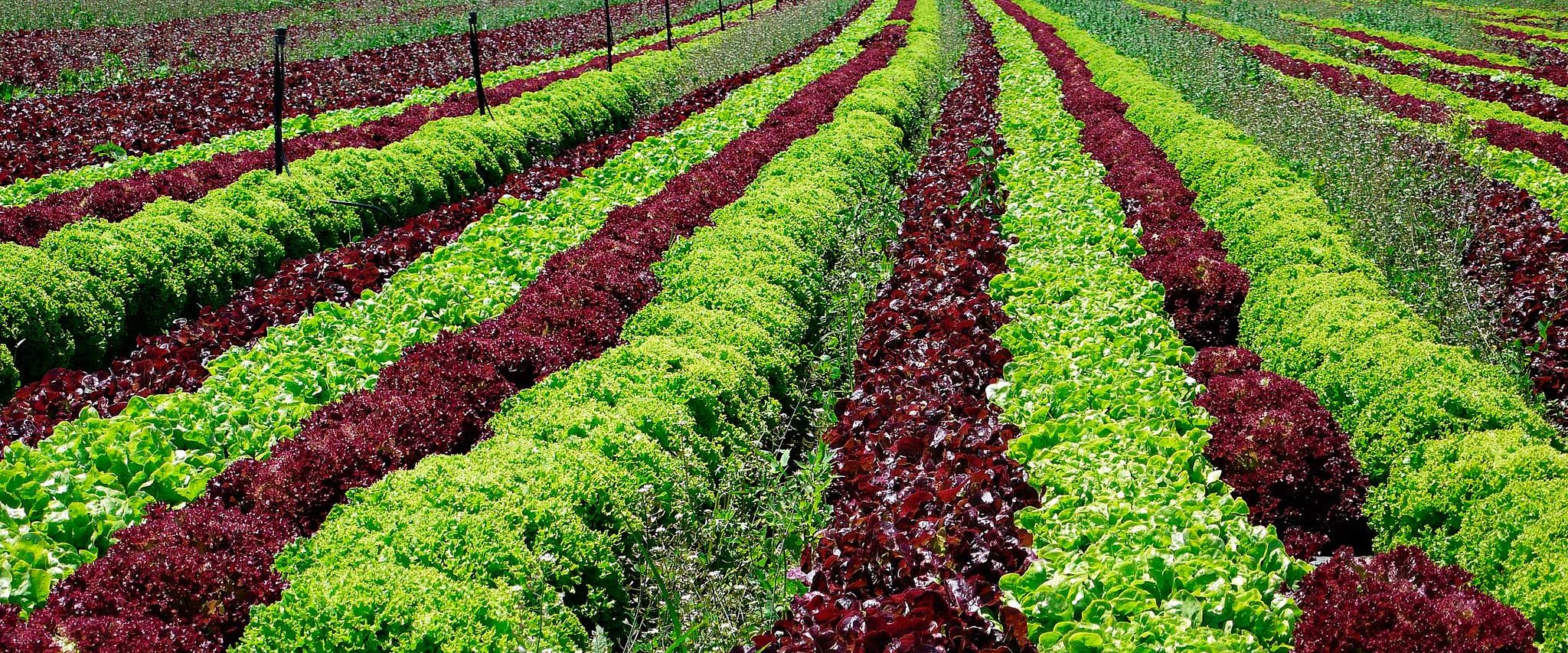
©Alberto Gonzalez Rovira
The challenges of R+D+i applied to agriculture are to design and implement efficient irrigation systems that minimize losses but also innovation needs to be applied to the growth models, and in this case the problem is much more complex as many socio-economic factors are involved. In Southern Europe, for instance, as in other areas of the semiarid world, sun and heat have led to the development of water-intensive vegetable crops in areas where there is little, and these crops are essential for the local economy.
The debate organized by the We Are Water Foundation with meteorology and water treatment experts on World Water Day revealed this climate contradiction. Xavier Torras, director of the Foundation, pointed out the important of finding innovative ways to avoid making crop water more expensive and to accurately evaluate the water footprint of the products served: “If we bring water to the vegetable garden, the products will not be competitive, which could seriously affect the economy of the area. These processes need to be evaluated as the water volume transferred from one place to another in commercial transactions incorporates the water footprint of the products. And it is evident that local agricultural consumption causes less water stress.”
Agriculture needs to develop sustainable circular models and therefore allow that aquifers become natural water reserves and not first instance sources, an attitude that has led to an alarming overexploitation and an imbalance between basins that is a trigger of constant social tensions.
Ending diffuse pollution
Both agriculture and forestry have caused and are causing high levels of diffuse water pollution, the most difficult to control, due to the fertilizers and pesticides that have flooded watersheds, aquifers and the ocean, affecting the quality of water in most parts of the world, increasing the costs of water purification and collapsing economic growth in some areas.
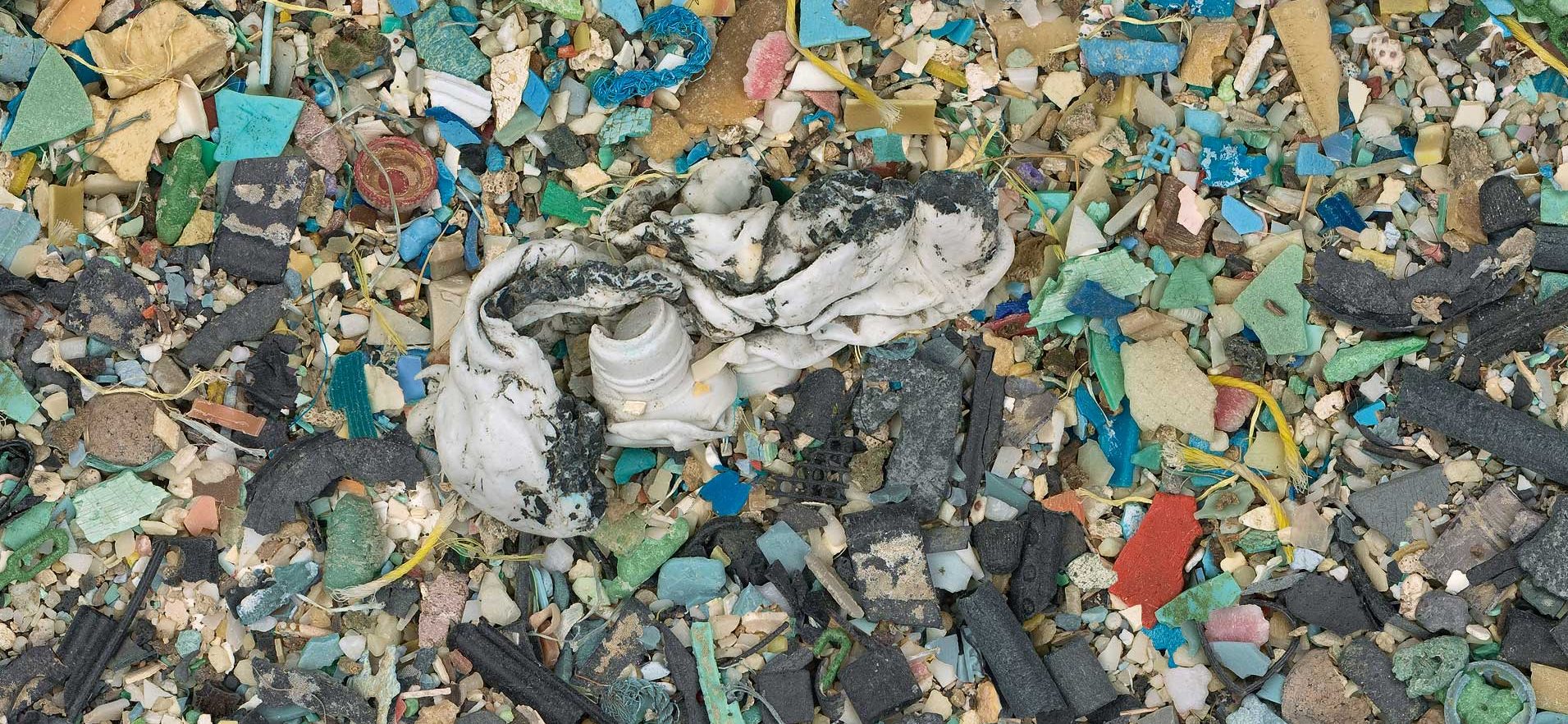
Chris Jordan’s (US) work “Gyre” depicts 2.4 million pieces of plastic, equal to the estimated number of pounds of plastic pollution that enter the world‘s oceans every hour. All of the plastic in his image was collected from the Pacific Ocean.
©Gyre / Chris Jordan
Hydrologists and oceanographers are studying the imbalances created in the ecosystems, such as the eutrophication of coastal areas caused by fertilizers such as nitrates which constitute the largest source of diffuse pollution in the waters of Europe and North America.
This pollution is caused by an excessive use of fertilizers and by the inadequate management of waste in livestock farms. The Life Nitrates and Life sigAGROasesor projects of the European Union are good examples of how innovation (i) in the management based on measurement data (R) can notably reduce this type of water pollution (D), as seen in Navarra with the implementation of the project by INTIA.
Microplastic contamination can also be considered as diffuse because there is a multiple source, as it not only originates from certain industrial malpractices but also from the billions of consumers all around the world who dump all kinds of household utensils into the natural environment or into the sewers. According to the Ellen MacArthur Foundation, 8 million tons of plastics are dumped into the sea each year, which when degraded become particles smaller than 5 mm in diameter due to the action of the sun, oxidation and the physical action of waves. If this continues, some oceanographers forecast that by 2050 there will be more plastic than fish in the sea.
It is impossible to eliminate the polluting micro-particles in the water in the short term, but we can drastically halt their increase by adopting a circular economy, opting for the production of biodegradable plastics and for the education of the users of these products, that is, all of us, in recycling and the good use of sanitation facilities.
Emerging pollutants
Domestic users are mainly responsible for much of the emerging pollution, which has been recently detected and on which the authorities have not yet applied restrictive measures as scientists have not yet determined exactly how harmful it is to the environment and the people. Rafael Mantecón, chemical engineer and sanitation coordinator of the Barcelona Metropolitan Area (AMB), summarizes the challenge posed to R+D+i by water management and emerging pollutants:
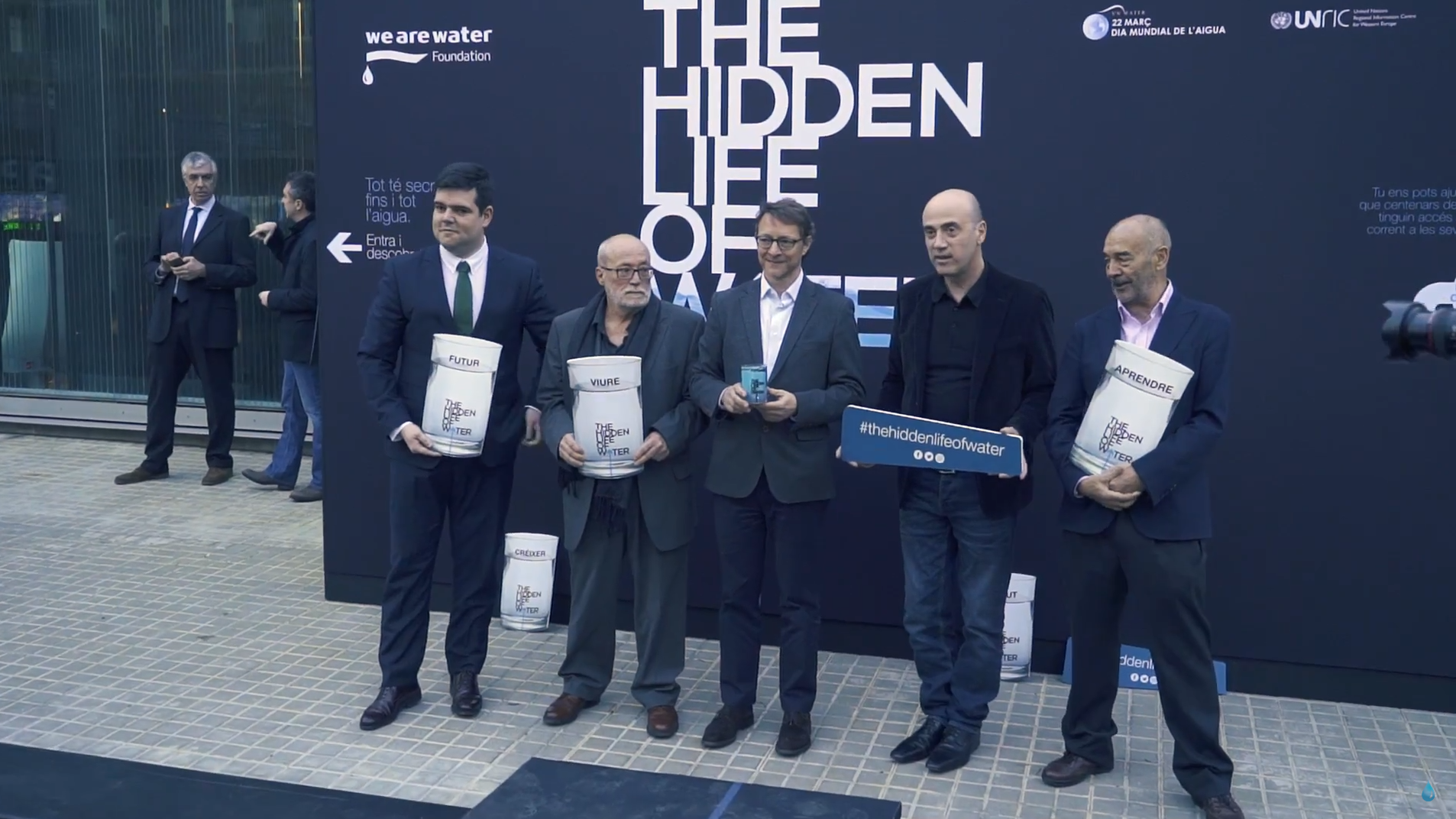
As Mantecón points out, most of the emerging domestic pollution comes from the use of drugs such as anti-inflammatory and analgesic drugs, antidepressants, contraceptives, antibiotics, cholesterol regulators… which have been widely consumed in recent decades and which we excrete in our urine by approximately 50%. It is a type of pollution that is associated with an increase in the quality of life and is therefore worrying on the road to the achievement of SDGs. Most of these pollutants cannot be eliminated in existing treatment plants and here R+D+I must not only seek new detection systems but also possible elimination treatments.
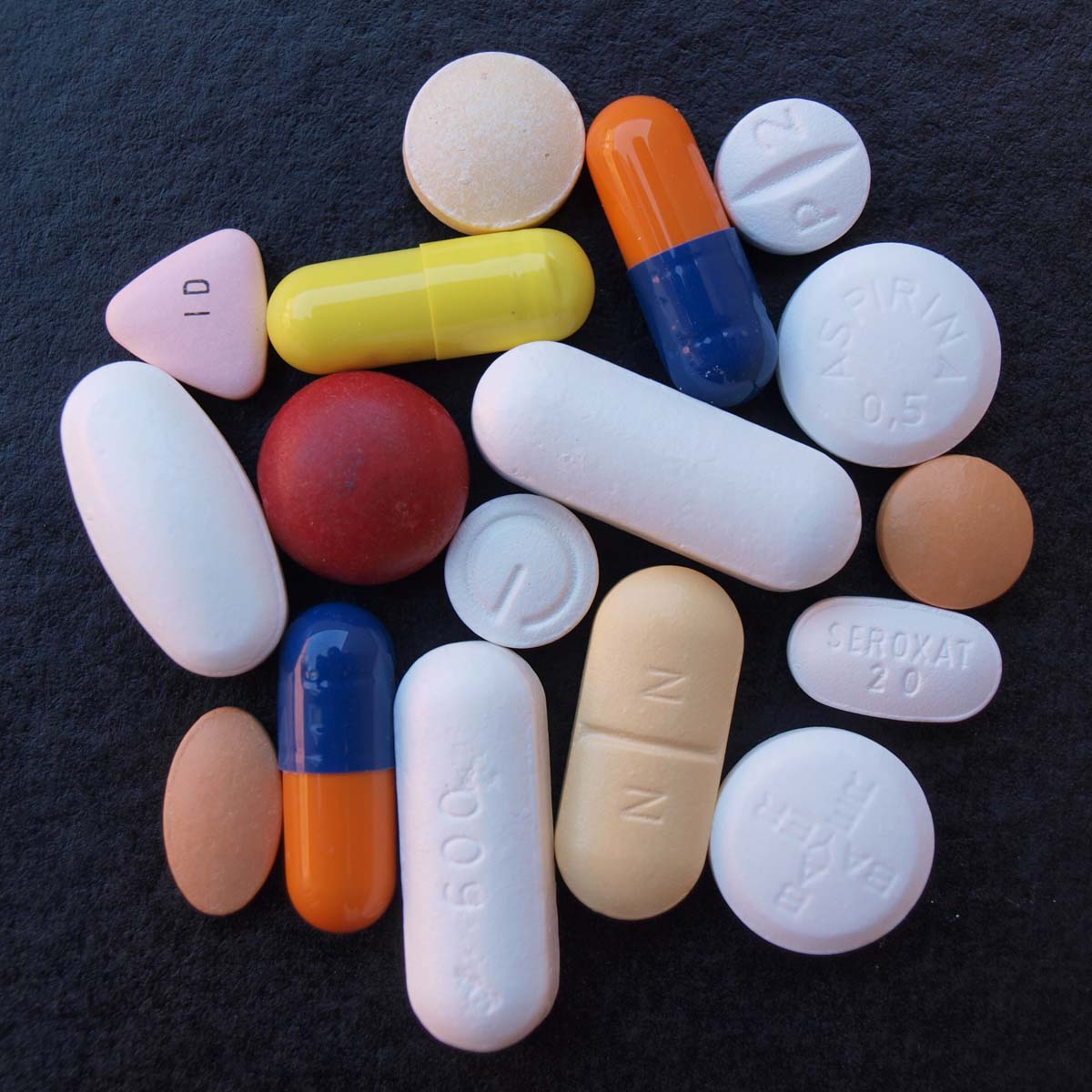
©Laura Iniesta
Diffuse and emerging pollutants highlight the need for changes in water policy models. This policy must be integrated into state frameworks and not, as is the case in many countries, be subject to government legislative swings in order to develop the right economic incentives for success. These frameworks must be cross-cutting internationally, as the UN points out in the definition of SDGs, so that the experience in the management of the most advanced communities can be globalized to the benefit of the social and environmental balance of the planet.


